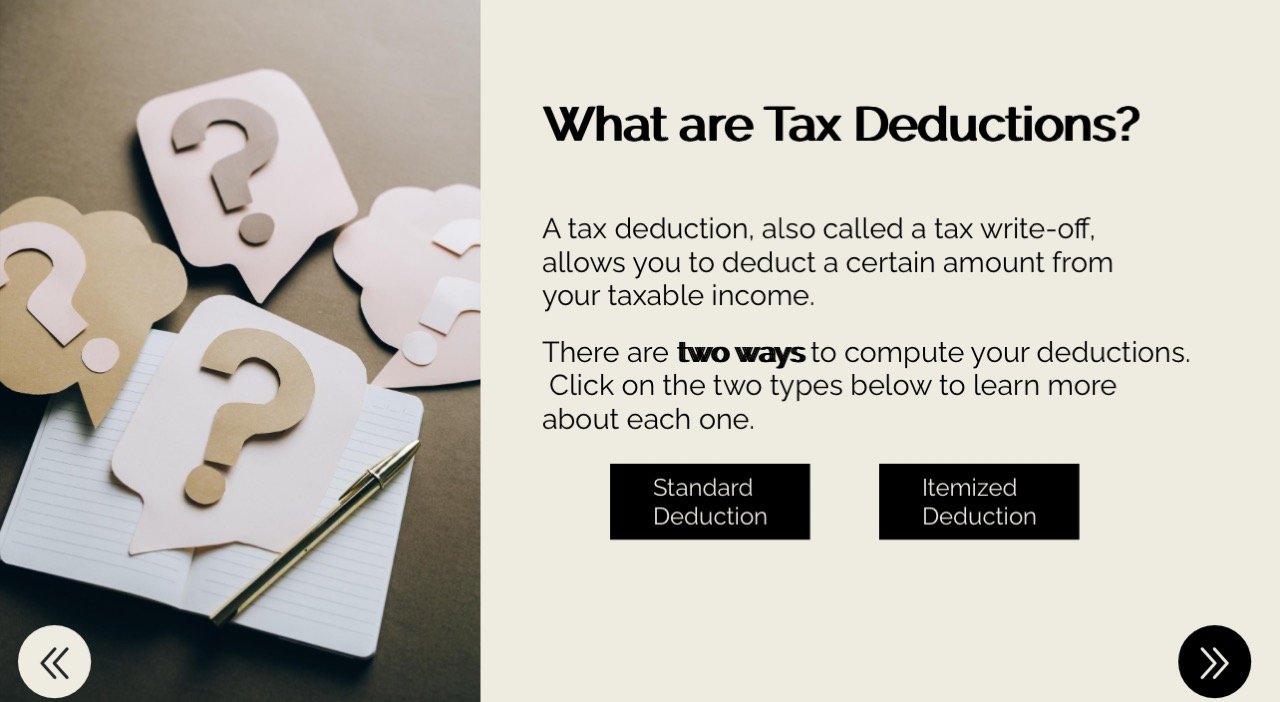
Online Learning: the Good, the Bad, and the Ugly
Evaluating an online learning experience involves assessing its design, delivery, and learner outcomes. Key factors include engaging content, intuitive navigation, interactive elements, and effective communication tools that foster collaboration. Accessibility, technological reliability, and alignment with learning objectives are also essential. This evaluation helps identify strengths and areas for improvement to ensure a learner-centered approach.

Learner-Centered Design
Learner-centered design places the needs, goals, and experiences of learners at the heart of educational development. Unlike traditional approaches, which often focus on content delivery, this method prioritizes engagement, personalization, and real-world application. By leveraging insights into how people learn, learner-centered design creates environments where learners feel empowered to take ownership of their education. Whether through adaptive technologies, collaborative activities, or flexible pathways, this approach transforms learning into an active, meaningful process. In this blog, we’ll explore the principles of learner-centered design, its benefits, and strategies to implement it effectively in various educational contexts.

How-to Guide: Accessibility Evaluation
Accessibility evaluations are critical for ensuring that educational experiences are inclusive and equitable for all learners. By assessing how well content, platforms, and tools accommodate diverse needs, these evaluations help identify and remove barriers that may prevent individuals with disabilities from fully engaging. Beyond compliance with standards like WCAG, accessibility evaluations focus on usability, aiming to create learning environments that are intuitive and welcoming for everyone. In this blog, we’ll discuss the importance of accessibility evaluations, key factors to consider, and practical steps to enhance inclusivity in learning design.

Let’s talk Visual Design
Applying the Universal Design for Learning (UDL) framework to visual design in learning creates educational materials that are accessible, engaging, and effective for diverse learners. UDL encourages designing with flexibility to address the varied needs, preferences, and abilities of all students. When integrated into visual design, UDL principles guide the use of clear layouts, intuitive navigation, accessible color contrasts, and multimodal representations to ensure inclusivity. This blog explores how to leverage UDL in visual design to enhance understanding, reduce barriers, and create more equitable learning experiences for every learner.
Source: Maguire (2016). Interaction Institute for Social Change.

Accessibility in Online Learning
Applying digital equity in learning design ensures that all learners have fair access to the tools, resources, and opportunities needed to succeed in a digital world. It goes beyond providing devices and internet access, addressing deeper issues such as inclusive content, cultural relevance, and accessible technology. By embedding digital equity into learning design, educators can create environments where every learner, regardless of their background or circumstances, has an equal chance to thrive. In this blog, we’ll explore strategies for fostering digital equity and designing learning experiences that empower all learners.

Let’s Talk Learning Theories
Applying learning theories in learning design bridges the gap between educational theory and practical implementation, creating experiences that are both effective and engaging. By grounding design decisions in established theories—such as behaviorism, cognitivism, and constructivism—educators can better address diverse learner needs and objectives. These theories provide insights into how people acquire, process, and retain knowledge, shaping strategies for content delivery, interaction, and assessment. In this blog, we’ll explore how to integrate key learning theories into learning design, ensuring a research-informed approach that enhances learner success.

Remote Work Infographic
Remote work presents a blend of comfort and challenge, highlighting how workers are motivated and influenced by their environment. Balancing self-directed learning, collaborative projects, and potential social isolation, remote workers navigate unique conditions that shape their productivity and well-being. Similar to Maslow’s Hierarchy of Needs for Learners, thriving in a remote setting requires addressing specific elements to foster growth and success. Explore the infographic below to learn more about these critical needs for remote workers.

WCAG 2.2 Guidelines
The POUR (Perceivable, Operable, Understandable, Robust) guidelines provide a foundation for creating accessible and inclusive digital content. These principles ensure that all users, regardless of ability, can perceive information, interact with interfaces, understand functionality, and access content reliably across technologies. By following POUR, designers can break down barriers and create equitable experiences for everyone. Read this blog to view the infographic and learn how POUR can transform accessibility in your designs.

Reflection: Disabilities in Online Learning
Online learning has rapidly expanded, but many experiences still fail to meet ADA and WCAG accessibility standards, as highlighted by a 2016 lawsuit against UC Berkeley for inaccessible public videos. This case underscores the importance of ensuring online content is accessible to all users and invites reflection on current practices to meet these critical guidelines.




![Why does [Learning] Design even matter?](https://images.squarespace-cdn.com/content/v1/652bdf87730fb4069f414772/1710760409575-QLW3T4BV6HRXJDL08KXL/Photo+for+Blog+.png)

What Does Online Learning Look Like in 2033?
Source: https://news.mit.edu/2020/iot-deep-learning-1113



